TP - The Ministry of Natural Resources and Environment recommends that the Ministry of Industry and Trade, the Ministry of Agriculture and Rural Development, and localities urge reservoir owners to develop reservoir operation plans for extreme flood scenarios.
According to the National Center for Hydro-Meteorological Forecasting, the weather and climate in our country from now until the end of the year will be very complicated and unpredictable. After super typhoon YAGI made landfall directly in the North, in September, the East Sea may welcome 1-2 storms, concentrated in the last 10 days of the month, which may affect the North and North Central regions. In addition, due to the influence of La Nina, in the last months of the year, the Central region may welcome a series of storms and floods, peaking in October and November.
In the context of facing extreme flood situations in the coming time, especially the risk of storms overlapping storms and floods overlapping floods in the Central region, the Ministry of Natural Resources and Environment said that it will review and adjust the inter-reservoir processes based on updating, calculating, and fully and comprehensively considering unusual and emergency situations and climate change scenarios. When conditions are met, the Operational Process will be adjusted in a real-time direction.
Improve flood reduction capacity for downstream
In addition, research and propose a plan to use a part of the flood prevention capacity above the normal water level of large and important reservoirs to improve the ability to cut and reduce floods downstream when emergency and unusual situations occur.
The Ministry of Natural Resources and Environment reviews and adjusts the inter-reservoir process based on updates on unusual and emergency situations and climate change scenarios.
The Ministry of Natural Resources and Environment also recommends that the Ministry of Industry and Trade, the Ministry of Agriculture and Rural Development, and localities urge competent agencies and reservoir owners to strictly and fully implement the regulations of the Inter-reservoir Operation Procedures on river basins, and implement the reservoir monitoring and information regime in accordance with the law on water resources. Review reservoir operation plans with extreme flood scenarios, especially in the Central region, where there are warnings of the possibility of heavy floods and the flood season ending late in October and November due to the impact of the La Nina phenomenon.
Previously, due to the impact of heavy rain from the circulation of storm YAGI, followed by the tropical convergence zone and cyclone developing on land, water levels on many rivers and streams in the North rose rapidly. Floods on Thac Ba hydropower reservoir reached historic levels, threatening the safety of the dam.
Thac Ba Hydroelectric Reservoir was surveyed and designed from 1959 to 1961. At that time, hydrological data measuring the flow was limited, so the spillway was designed with a maximum discharge capacity of only 3,230m3/s. In fact, the maximum flow into Thac Ba Reservoir was 5,620m3/s at 9:00 a.m. on September 10, exceeding the designed flood peak by 0.01% (5,100m3/s) and exceeding the maximum discharge capacity by 74%.
According to the operating procedure, when the water level of Thac Ba Lake reaches 59.60m, it will switch to special operating mode to ensure dam safety. In fact, from 5pm on September 10, the water level of Thac Ba Lake reached 59.62m and switched to special operating mode, then reached its highest level of 59.84m at 5am on September 11. The worst case scenario was set if the water level of the lake reached 61m, but fortunately, heavy rains later decreased, causing the flood flow to the lake to decrease.
Source: https://tienphong.vn/kien-nghi-len-phuong-an-van-hanh-ho-chua-khi-mua-lu-cuc-doan-post1673419.tpo


![[Photo] Promoting friendship, solidarity and cooperation between the armies and people of the two countries](https://vstatic.vietnam.vn/vietnam/resource/IMAGE/2025/4/17/0c4d087864f14092aed77252590b6bae)

![[Photo] National Assembly Chairman Tran Thanh Man meets with outstanding workers in the oil and gas industry](https://vstatic.vietnam.vn/vietnam/resource/IMAGE/2025/4/17/1d0de4026b75434ab34279624db7ee4a)
![[Photo] Closing of the 4th Summit of the Partnership for Green Growth and the Global Goals](https://vstatic.vietnam.vn/vietnam/resource/IMAGE/2025/4/17/c0a0df9852c84e58be0a8b939189c85a)
![[Photo] Nhan Dan Newspaper announces the project "Love Vietnam so much"](https://vstatic.vietnam.vn/vietnam/resource/IMAGE/2025/4/17/362f882012d3432783fc92fab1b3e980)
![[Photo] General Secretary To Lam receives French Ambassador to Vietnam Olivier Brochet](https://vstatic.vietnam.vn/vietnam/resource/IMAGE/2025/4/17/49224f0f12e84b66a73b17eb251f7278)


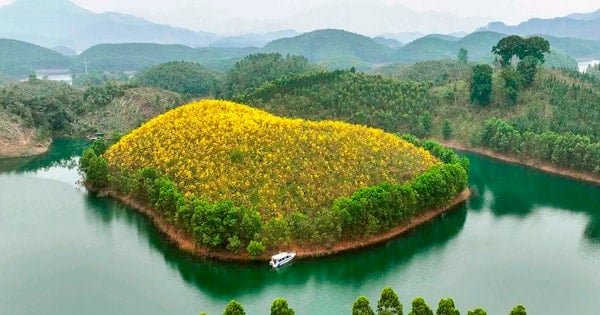


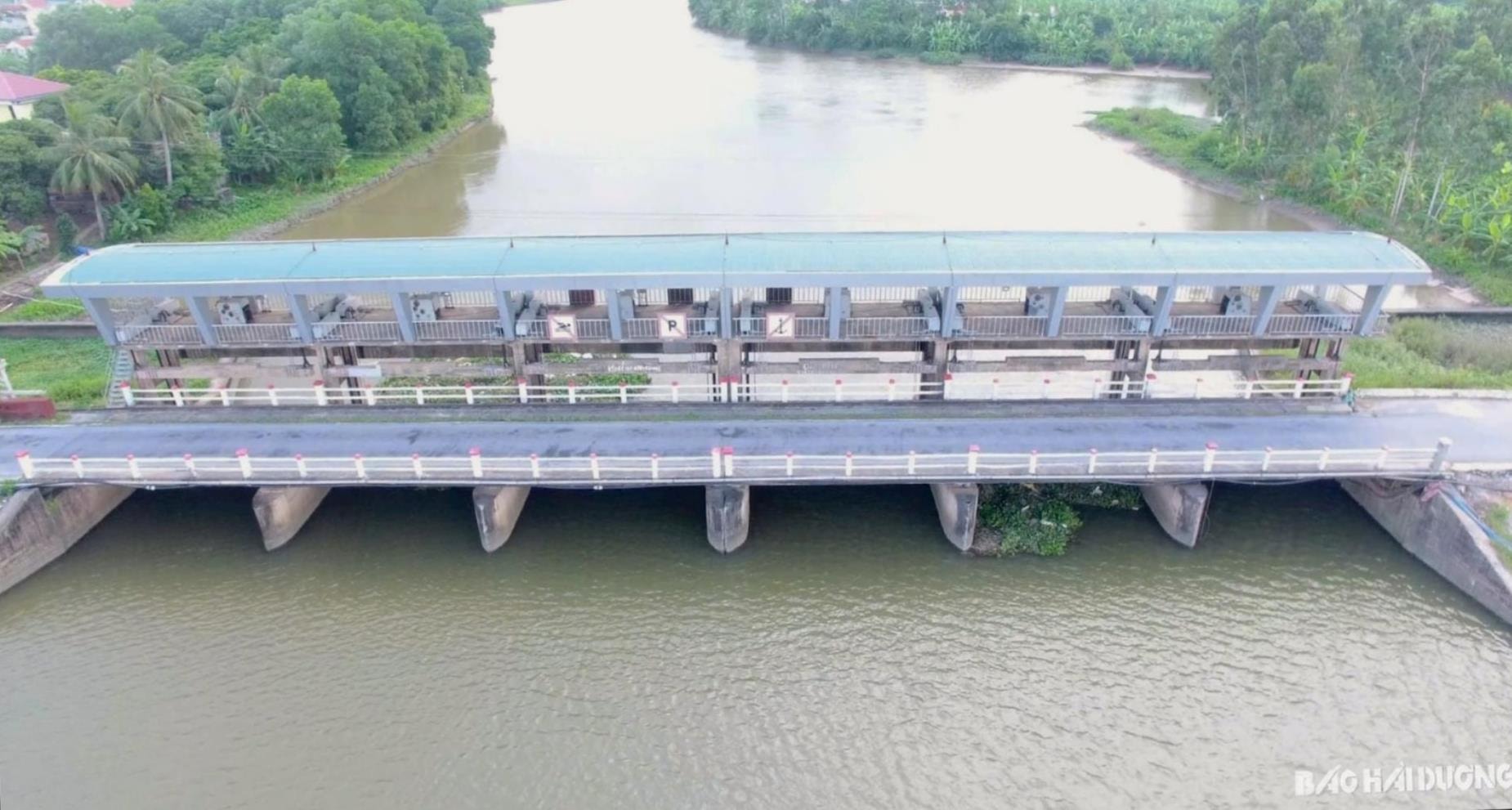



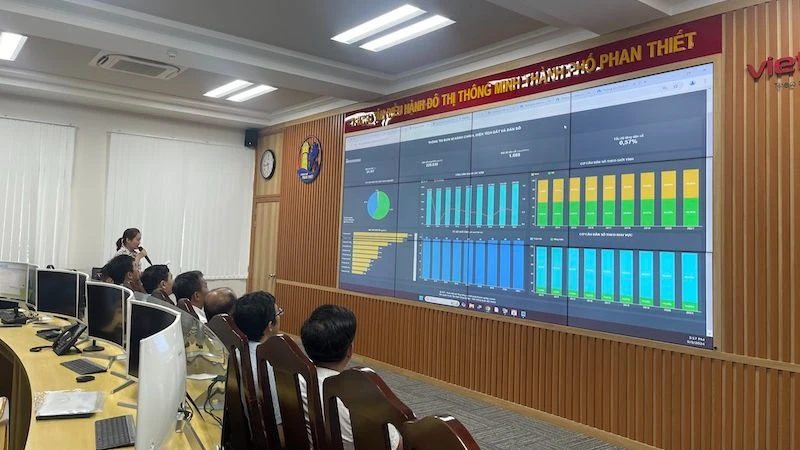















![[Photo] Welcoming ceremony for Chinese Defense Minister and delegation for friendship exchange](https://vstatic.vietnam.vn/vietnam/resource/IMAGE/2025/4/17/fadd533046594e5cacbb28de4c4d5655)
























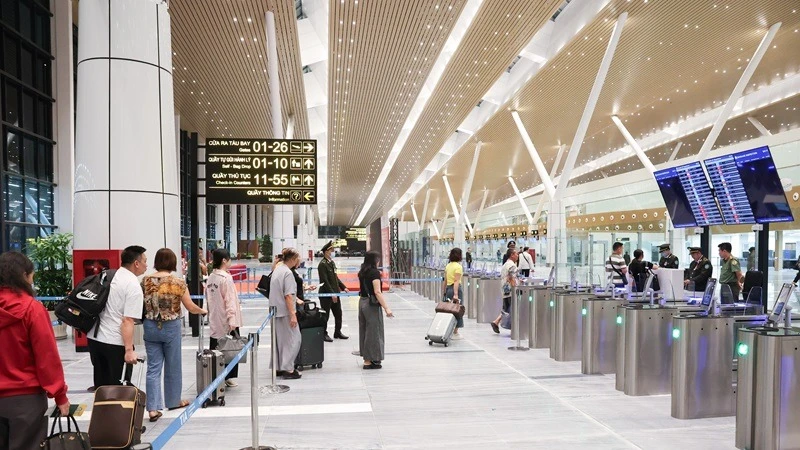



![[Video] Viettel officially puts into operation the largest submarine optical cable line in Vietnam](https://vstatic.vietnam.vn/vietnam/resource/IMAGE/2025/4/17/f19008c6010c4a538cc422cb791ca0a1)

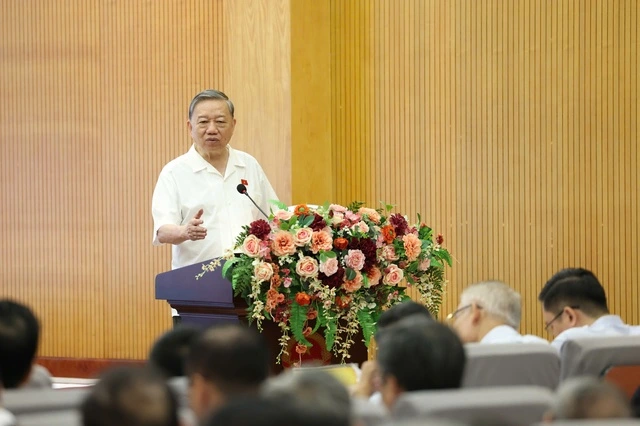














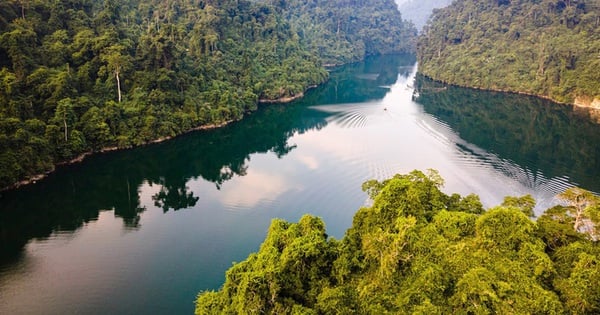














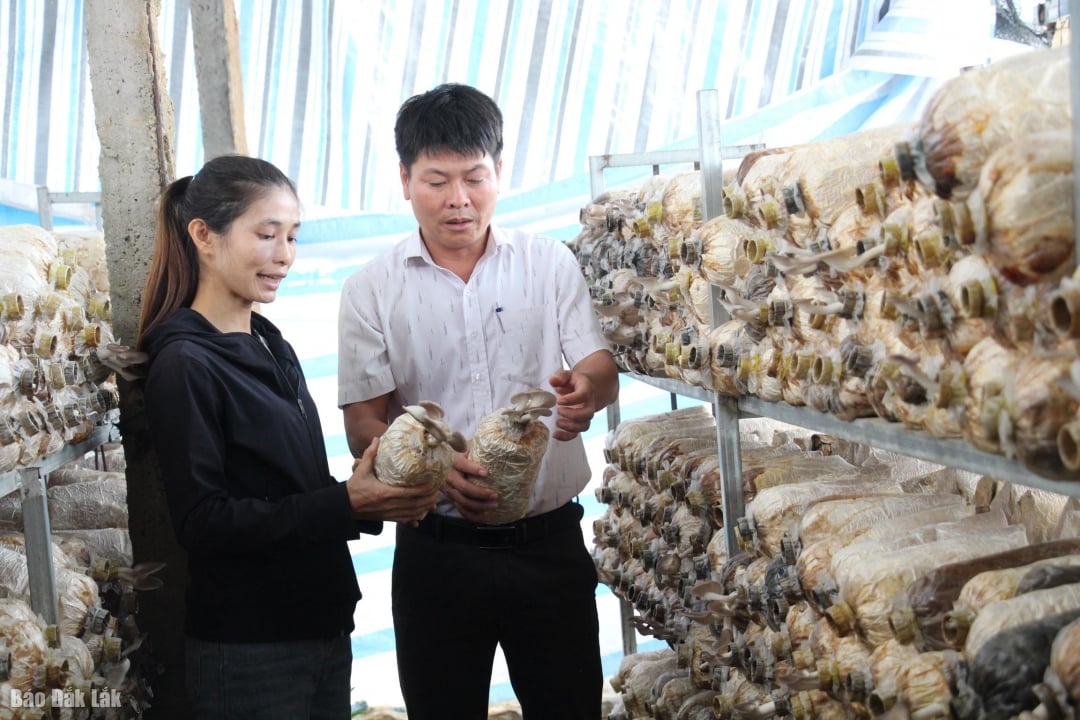






Comment (0)